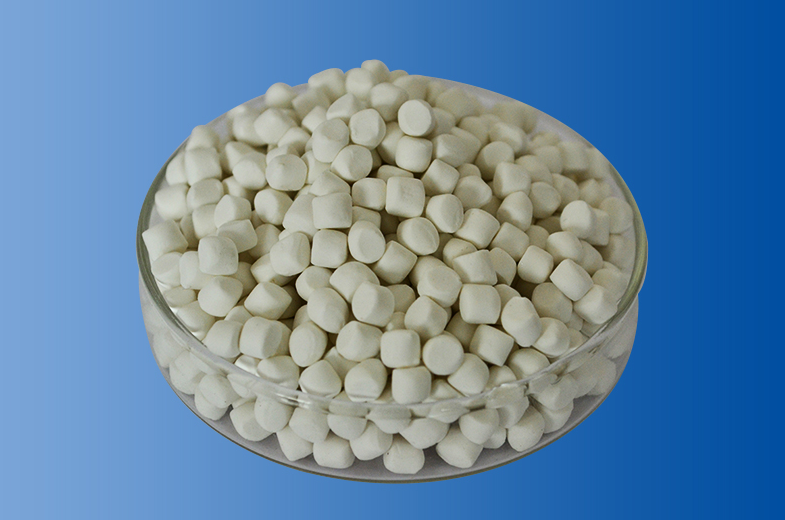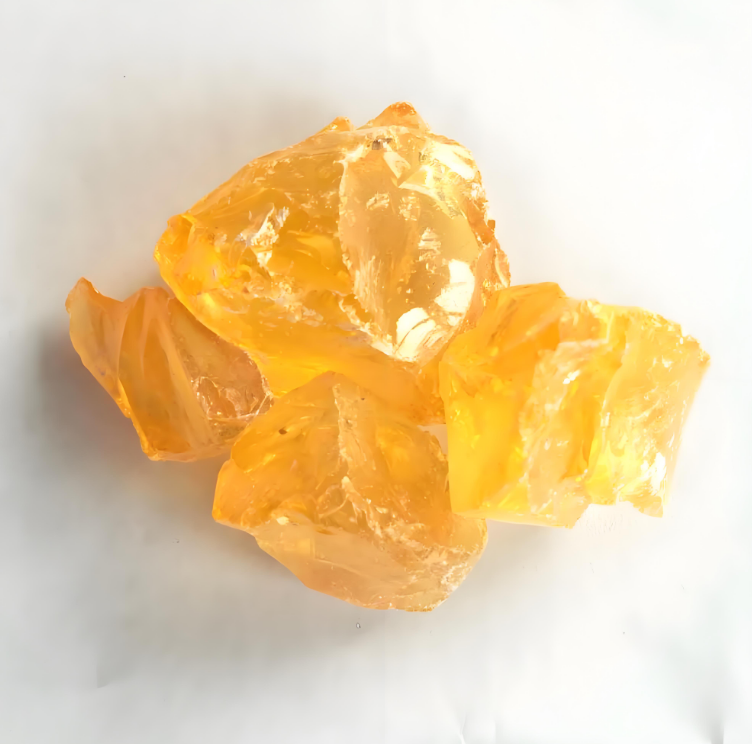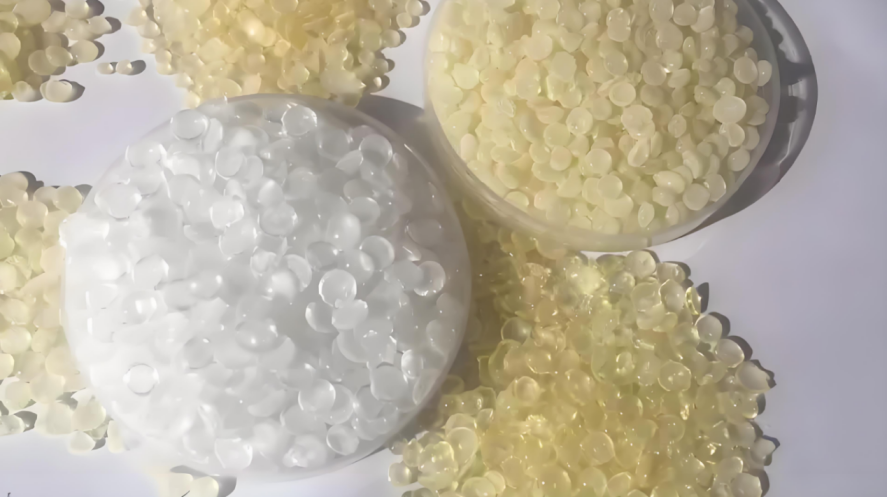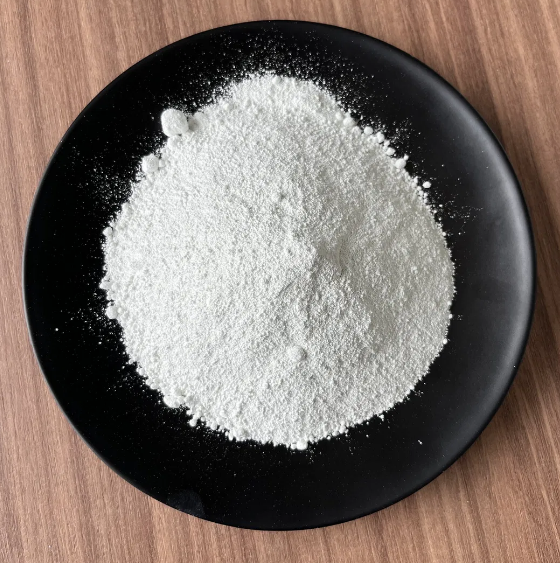Titanium Dioxide Capitalize on Growing Market Potential in Plastics and Rubber Industries
13/02/2024
Titanium dioxide (TiO2) stands as a multifaceted compound renowned for its diverse applications across various industries. Characterized by its bright white color and high refractive index, titanium dioxide finds extensive use as a pigment, opacifier, and UV blocker. Its versatility makes it indispensable in sectors like plastics and rubber, where its addition enhances product quality and longevity.
Properties and Significance in Plastic and Rubber Industries
1.1 Properties of Titanium Dioxide
Titanium dioxide exhibits exceptional properties including high opacity, brightness, and UV resistance. These attributes make it an ideal choice for enhancing the appearance and durability of plastic and rubber products.
1.2 Significance in Plastic and Rubber Industries
In the plastic and rubber sectors, quality additives are paramount for meeting industry standards and consumer expectations. Titanium dioxide plays a pivotal role in achieving these benchmarks by imparting desirable characteristics to end products.
Market Insights
2.1 Growing Demand for Plastic and Rubber Products
The demand for plastic and rubber products continues to surge across diverse sectors including packaging, automotive, construction, and consumer goods. This upward trend underscores the need for high-quality additives like titanium dioxide to ensure product excellence and longevity.
2.2 Importance of Quality Additives
With consumers increasingly prioritizing durability, aesthetics, and sustainability, the significance of quality additives like titanium dioxide cannot be overstated. Manufacturers rely on such additives to meet stringent industry standards and deliver products that align with evolving consumer preferences.
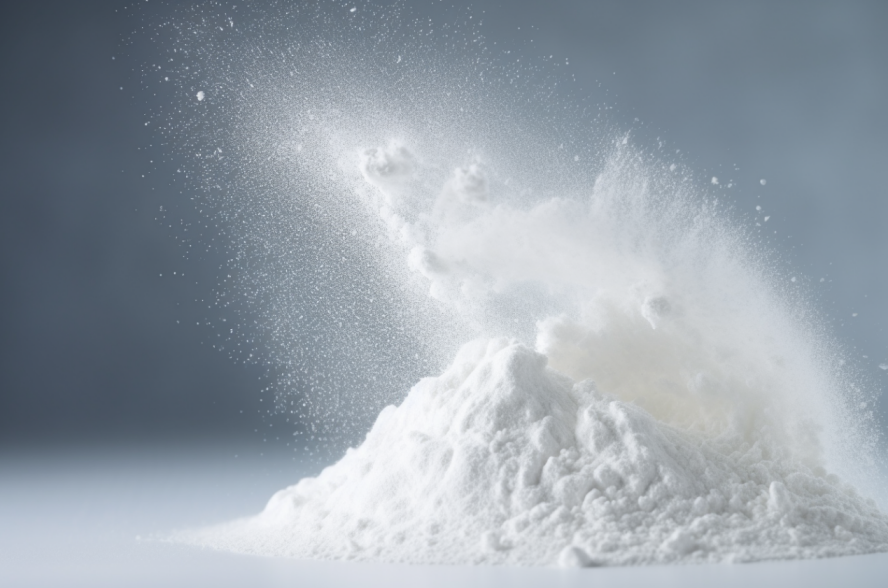
Benefits of Titanium Dioxide in Plastic Production
3.1 Enhancing Product Durability and Aesthetics
Titanium dioxide enhances the durability, opacity, and brightness of plastic products, thereby improving their overall quality and visual appeal. By incorporating titanium dioxide, manufacturers can produce plastics that resist yellowing and maintain their pristine appearance over time.
3.2 UV Resistance and Extended Lifespan
One of titanium dioxide’s key benefits in plastic production is its ability to provide UV resistance. This feature prolongs the lifespan of plastic goods by shielding them from the harmful effects of sunlight, making it suitable for outdoor applications such as automotive parts, construction materials, and packaging.
3.3 Applications in Various Industries
Titanium dioxide finds widespread use in an array of plastic products including packaging materials, automotive components, and construction supplies. Its addition enhances the visual appeal and longevity of these products, making them more desirable to consumers and manufacturers alike.
Benefits of Titanium Dioxide in Rubber Manufacturing
4.1 Enhancing Strength and Weather Resistance
In rubber manufacturing, titanium dioxide serves to enhance the strength, elasticity, and weather resistance of rubber products. By improving these characteristics, titanium dioxide ensures that rubber goods maintain their integrity and performance even in harsh environmental conditions.
4.2 Color Stability and UV Protection
Another advantage of titanium dioxide in rubber manufacturing is its role in maintaining color stability and preventing degradation due to UV exposure. This feature is particularly crucial for rubber products like tires, industrial seals, and footwear, which are often subjected to prolonged outdoor exposure.
4.3 Applications Across Industries
Titanium dioxide is extensively utilized in various rubber products spanning from tires and industrial seals to footwear and consumer goods. Its addition not only improves the physical properties of rubber but also enhances its aesthetic appeal and longevity.
Cost-Effectiveness of Bulk Buying
Bulk purchasing of titanium dioxide presents a myriad of economic advantages for dealers operating in the plastics and rubber industries. By procuring large quantities of this essential additive, dealers can leverage economies of scale to negotiate favorable pricing terms with suppliers like CHEMBROAD. This translates to substantial cost savings and reduced per-unit costs, thereby improving profit margins and enhancing competitiveness in the market.
Moreover, bulk buying enables dealers to offer competitive prices to manufacturers, fostering long-term partnerships and solidifying their position as preferred suppliers. Manufacturers are often inclined to collaborate with dealers who can provide cost-effective solutions without compromising on quality. Through bulk purchasing, dealers can meet manufacturers’ demands while maintaining profitability, thus establishing mutually beneficial relationships that endure over time.
Market Potential and Growth Opportunities
The plastic and rubber industries exhibit significant growth potential, driven by increasing demand for high-quality products across various sectors. Market trends and projections indicate a rising preference for additives like titanium dioxide, which enhance the durability, aesthetics, and performance of plastic and rubber goods. This growing demand presents lucrative opportunities for dealers to capitalize on and expand their customer base.
As consumer expectations evolve, manufacturers seek additives that not only meet regulatory standards but also align with sustainability initiatives and enhance product quality. Titanium dioxide suppliers like CHEMBROAD play a pivotal role in meeting these demands by providing consistent quality, technical support, and competitive pricing. Dealers positioned to supply high-quality additives stand to gain a competitive edge in an increasingly discerning market.
Supplier Relationships and Support
Establishing strong relationships with reliable titanium dioxide suppliers is paramount for dealers looking to thrive in the plastics and rubber industries. A trusted supplier like CHEMBROAD not only offers superior quality products but also provides technical expertise and ongoing support to dealers and manufacturers alike. This collaborative approach ensures that dealers have access to the latest innovations and solutions, enabling them to meet evolving market demands effectively.
Furthermore, long-term partnerships with suppliers like CHEMBROAD guarantee a steady and reliable supply of titanium dioxide, essential for maintaining seamless operations and meeting customer requirements. By prioritizing supplier relationships based on trust, reliability, and mutual benefit, dealers can position themselves as valued partners within the industry ecosystem, poised for sustained growth and success.
Conclusion
In conclusion, titanium dioxide stands as a vital additive in the plastics and rubber industries, offering a myriad of benefits ranging from enhanced durability and aesthetics to UV protection and cost-effectiveness. As the demand for high-quality products continues to rise, the role of titanium dioxide in meeting industry standards and consumer expectations becomes increasingly indispensable. Through strategic partnerships and innovative solutions, titanium dioxide suppliers like CHEMBROAD are poised to play a pivotal role in shaping the future of these dynamic industries.

